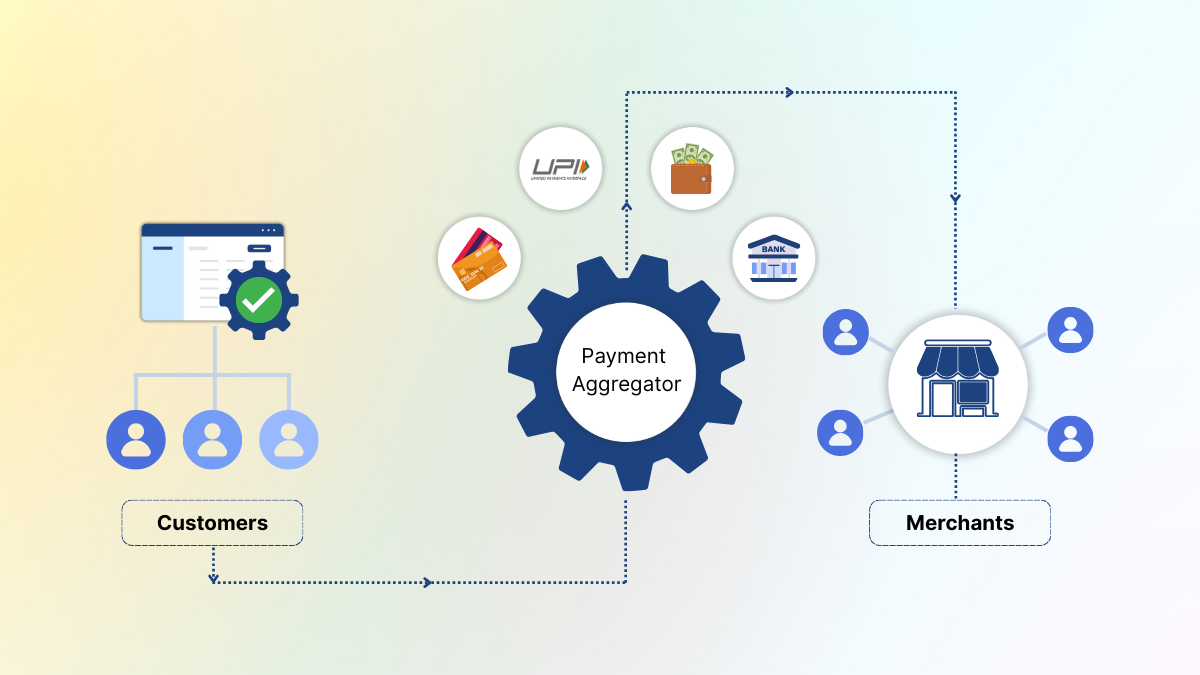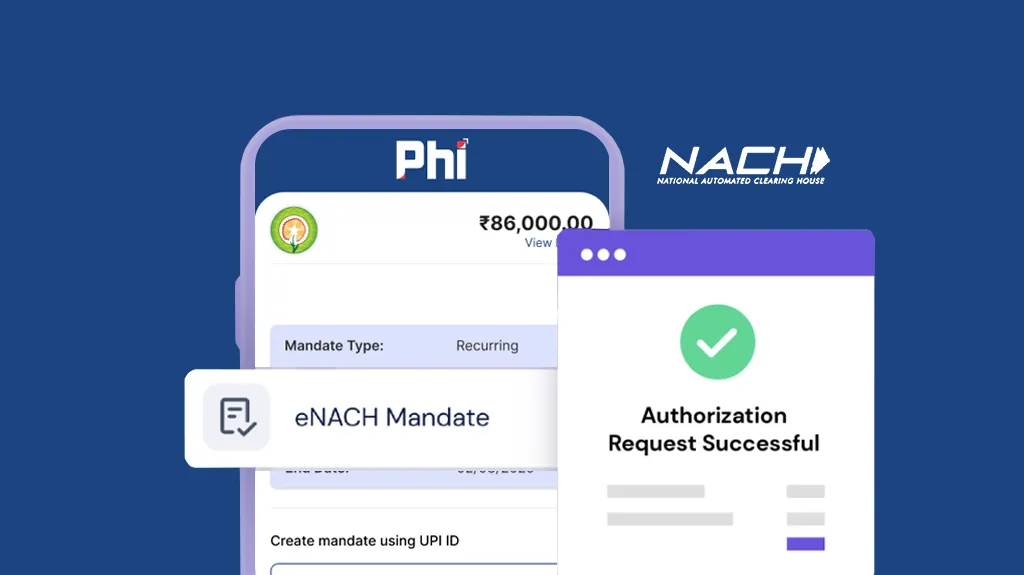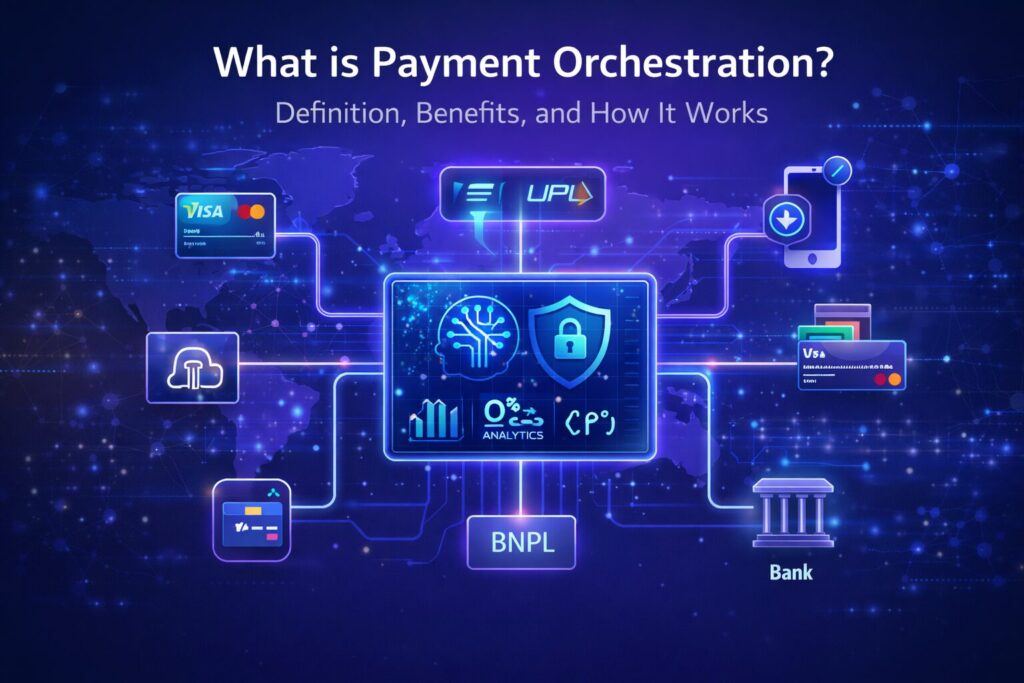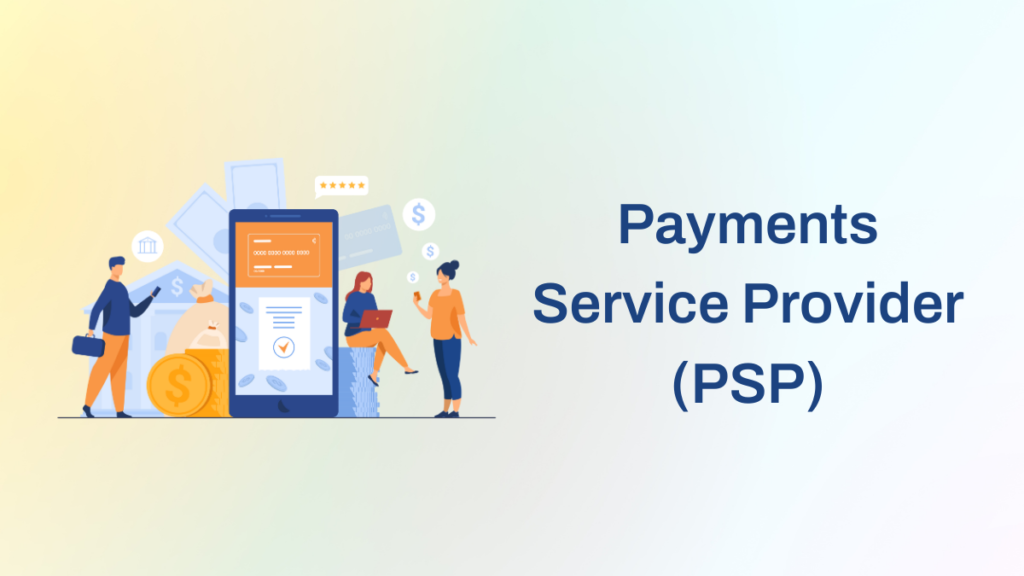Summary
Enterprises today need much more than just a payment acceptance tool. They demand a payment aggregator that can manage scale, provide real-time insights, ensure compliance, offer seamless omnichannel experiences, and integrate effortlessly with legacy systems. This blog breaks down the advanced features and capabilities that modern enterprises should expect from their payment aggregator partner.
The Evolving Role of Payment Aggregators
Why payment aggregators must move from transaction handling to strategic enablers.
Payment aggregators used to serve a simple purpose, enabling businesses to accept payments online. But as enterprises grow, so do their needs. Today’s payment environment demands reliability, intelligence, and customizability at scale. Large organizations operate across geographies, payment modes, and customer expectations, and they can’t afford outages, reconciliation delays, or fragmented systems.
For enterprise-grade businesses, a payment aggregator must go beyond just enabling card or UPI acceptance. It must become an infrastructure partner, offering the flexibility, control, and intelligence needed to run complex payment operations efficiently.
Key Expectations Enterprises Have Today
What modern enterprises really need from their payment partners.

1. Stability and Scale
Payment platforms must handle high volumes with near-zero downtime. Enterprises can’t risk failure during peak traffic, whether it’s a flash sale or the end of a billing cycle.
Look for:
- Proven track record
- 99.99% uptime
- Horizontal scaling of infrastructure
2. Speed and Real-Time Processing
Batch-based systems no longer work for enterprises. They want instant processing, instant alerts, and instant insights.
Look for:
- Real-time settlement tracking
- API-based reconciliations
- Instant payment status updates
3. Seamless Omnichannel Support
Customers now pay across devices, locations, and touchpoints—mobile apps, kiosks, websites, or in-store terminals. Enterprises must deliver consistent experiences everywhere.
Look for:
- Unified APIs for online and offline payments
- Tokenization
- Centralized reporting
4. Deep Integration Capabilities
No enterprise can afford to redo their existing tech stack. Payment systems must fit into legacy CRMs, ERPs, and custom workflows without friction.
Look for:
- Developer-first architecture
- Sandbox environments
- Plug-and-play APIs
- Webhooks
5. Multi-Payment Support and Smart Routing
Enterprises want flexibility to accept every payment mode—cards, UPI, net banking, wallets—and smart routing that optimizes success rates.
Look for:
- Dynamic routing engines
- Fallback mechanisms
- Customizable payment rules
Security, Compliance, and Control
Meeting regulatory expectations while minimizing risk.
1. RBI Compliance and Licensing
Enterprises in regulated sectors (like BFSI or EdTech) can’t work with aggregators that operate in grey areas. They need RBI-licensed partners that follow stringent compliance norms.
Look for:
- PA license from RBI
- Audit reports
- SOC 2 compliance
2. Data Privacy and Tokenization
Storing customer card or UPI data invites risk. Enterprises expect tokenization and vaulting for safe transactions.
Look for:
- PCI-DSS compliance
- Card tokenization
- Encryption protocols
3. Custom Access and User Roles
Different teams in an enterprise (finance, tech, operations) require different levels of access. Granular control is a must.
Look for:
- Role-based dashboards
- Audit logs
- Maker-checker flows
Intelligence, Analytics, and Insights
From transaction data to actionable business decisions.
1. Real-Time Dashboards
Enterprises can’t wait days for a report. They want live dashboards showing payment trends, failure reasons, and success rates.
Look for:
- Interactive dashboards
- Filter-based views
- Data export options
2. Reconciliation & Settlement Automation
Manual reconciliation leads to errors, delays, and disputes. Enterprises want auto-matching of transaction IDs, fee breakdowns, and payout visibility.
Look for:
- Automated recon tools
- Excel/PDF reports
- API-level integration with accounting software
3. Risk Management
Fraud and payment failure impact both revenue and reputation. Enterprises expect fraud detection at the switch level.
Look for:
- Device fingerprinting
- AI-based risk scoring
- Rule engines to flag anomalies
Going Beyond Payments: Advanced Capabilities That Matter
Today, enterprises don’t just collect payments—they also disburse funds, manage multiple payout layers, and require smarter automation across the entire payment lifecycle.
1. Tokenization for Secure, Seamless Payments
Tokenization replaces sensitive payment data (like card or UPI details) with secure tokens, making transactions safer and compliance-ready. It also improves repeat payment experiences, enabling one-click checkouts for returning users.
Look for:
- PCI-DSS certified tokenization engine
- UPI ID and card vaulting
- Auto-expiry handling and renewal logic
2. Split & Pay for Multi-Party Settlements
Enterprises with multi-stakeholder setups—like marketplaces, education platforms, or franchises—need to automatically split incoming payments among multiple beneficiaries (e.g., platform + vendor + service provider) at the transaction level.
Look for:
- Configurable split logic (percentage, fixed, hybrid)
- Real-time beneficiary settlements
- Integrated GST/TDS handling on splits
3. Payouts and Vendor Disbursements
Whether paying vendors, partners, or gig workers, enterprises want to initiate high-volume payouts with ease. Manual uploads, delays, or fragmented payout systems lead to inefficiencies and disputes.
Look for:
- Bulk payouts via API or dashboard
- UPI, NEFT, IMPS, and account-based disbursements
- Status tracking, auto-retries, and audit logs
4. Smart Reconciliation at Scale
As transaction volumes grow, so do errors in recon and settlement tracking. Enterprises need reconciliation tools that match payouts, refunds, fees, and taxes—automatically and accurately.
Look for:
- Auto-tagging of payment IDs
- Rule-based recon across banks, PGs, and accounts
- Dashboard and downloadable reports with audit trails
Customization and White-Labeling
Why brand control matters to enterprises.
1. Branded Checkout
Enterprise brands don’t want users redirected to generic payment pages. White-labeled experiences boost trust and conversions.
Look for:
- Custom themes
- White-label URL support
- Saved card/UPI options
2. Merchant Hierarchies and Sub-Entities
Enterprises working in marketplaces, franchises, or multi-brand models need clear hierarchy setups.
Look for:
- Parent–child merchant mapping
- Custom settlement logic
- Sub-merchant KYC handling
How to Evaluate a Payment Aggregator
A decision framework for enterprise teams.
- Can it scale during peak load without crashing?
- Is it RBI licensed and compliant?
- Does it support omnichannel with unified reporting?
- How quickly can it be integrated?
- Can it automate my reconciliation and settlement process?
- Does it give me real-time data?
- Can I fully control access and data sharing across departments?
Enterprise-Grade Success: A Real-World Snapshot
How Bengaluru Airport Transformed Its Payment Experience
What happens when one of India’s busiest airports decides to simplify payments for its travelers and retailers? You get BLR Pay, a powerful example of what a modern Payment Aggregator can do.
Kempegowda International Airport, Bengaluru (BLR) rolled out a single payment platform across the entire airport, from shops and restaurants to cabs and duty-free stores. Earlier, each outlet used different systems, which led to slow settlements and poor customer experiences.
With Phi Commerce powering the shift, BLR became the first airport globally to unify payments across 180+ retail points.
✨ The Impact:
- ✅ Reduce reconciliation effort by up to 80% with automated, real-time reports
- ✅ Improve transaction success rates by 10–15% through smart routing
- ✅ Cut down payment configuration time from weeks to a few hours
- ✅ Enable faster time-to-market across multiple payment methods, platforms, and geographies
In short, the airport built more than just a payment gateway—it built a smart retail ecosystem. This is exactly what large enterprises need: a platform that handles scale, simplifies operations, and improves both business and customer outcomes.
Conclusion
Choose a payment partner that grows with you.
Enterprise payments are no longer just about transactions, they’re about transformation. The right payment aggregator doesn’t just help you accept money. It helps you scale, streamline, analyze, and build trust. So as you grow, ensure your payments partner grows with you.





